Not all picture books are bright and happy. Kids have a wide range of emotions and experiences, and there are books for all of them. Or pretty much all of them, in any case. There are picture books about being sad, and there are picture books about things that will make you sad.
This post isn’t about those books. This post is about picture books that I am pretty sure are not meant to make anyone sad. I might be an outlier in finding these books sad. You’ll have to read them yourself and be the judge of the subjective sad level contained in these volumes.
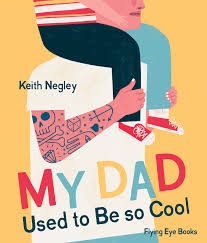
My Dad Used to Be Cool by Keith Negley
Here is a book about a dad who used to have punk hair and play in a band before he became a dad. Not that he’s a dad, his hair is short and he doesn’t have time for the music. The reviews of this book all seem to find this sweet –praising the depiction of the sacrifices parents make—but when I read it, I am reminded of the way our culture seems to require parents (especially moms, but also dads as in this book) to give up their identities and hobbies when they have kids. Love music? Try Raffi. Counterculture style? Not gonna work. It makes me sad, honestly. I know not everyone conforms. There are some punk parents out there doing their own thing, and there are parents who play music or indulge in other passion projects. But those are the minority. Most people are like the dad in this book. We used to be someone; Now we’re someone’s parent. So I guess it’s relatable content, but it’s sad relatable content, in my opinion.
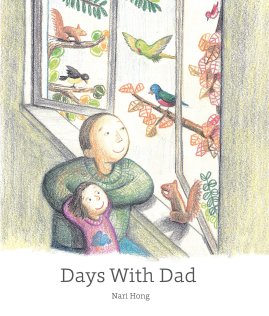
Days with Dad by Nari Hong
This is a book I really wanted to love. There are so few picture books that show disabilities at all, much less a disabled parent, that I wanted to be able to recommend this one widely since it features a dad who is a wheelchair user with his daughter. Unfortunately, the book is one long string of apologies from the dad for all the things he cannot do. The semi-autobiographical text is meant to be feel-good though, because the little girl replies with a positive bit after every apology. Can’t ice skate? No problem, you can lace up my skates for me. Over and over again. I see the attempt at optimism, and I raise you with this: Why did we need a picture book version of internalized ableism? Yeah, I get that probably a lot of disabled folks feel like they are a burden or a disappointment to their loved ones on occasion, but that is a sad thing about our culture. That’s not a “cheer up, pal” kind of thing. That’s an actually really sucky thing that many of us, myself included, fight within ourselves because our culture tells us we’re less than we should be. That’s not uplifting to me, folks. It’s sad.
I feel bad that both of these books are dad books. Stay tuned for a future post sharing dad books that don’t make me sad.

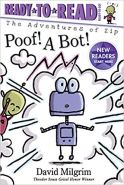 Pictures tell the story. When you are trying to tell a story with very basic language, let the illustrations do most of the work. This works for David Milgrim. His Adventures of Otto series has lots of action and humor, but the text is easily accessible for new readers. Milgrim’s newest series, Adventures of Zip, is more of the same, and I mean that in a good way.
Pictures tell the story. When you are trying to tell a story with very basic language, let the illustrations do most of the work. This works for David Milgrim. His Adventures of Otto series has lots of action and humor, but the text is easily accessible for new readers. Milgrim’s newest series, Adventures of Zip, is more of the same, and I mean that in a good way.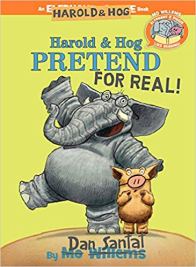 Silliness is king. When in doubt, go for something funny. Elephant and Piggie are hilarious. Kids love them. They seek them out on their own, without their parents pushing them to “practice reading.” Now that’s a successful easy reader. Now introduce kids to Harold and Hog to capture some of that same energy.
Silliness is king. When in doubt, go for something funny. Elephant and Piggie are hilarious. Kids love them. They seek them out on their own, without their parents pushing them to “practice reading.” Now that’s a successful easy reader. Now introduce kids to Harold and Hog to capture some of that same energy.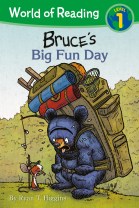
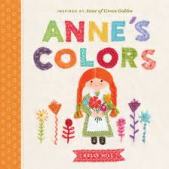
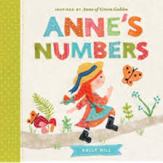
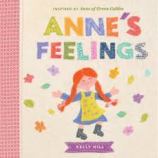
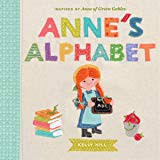
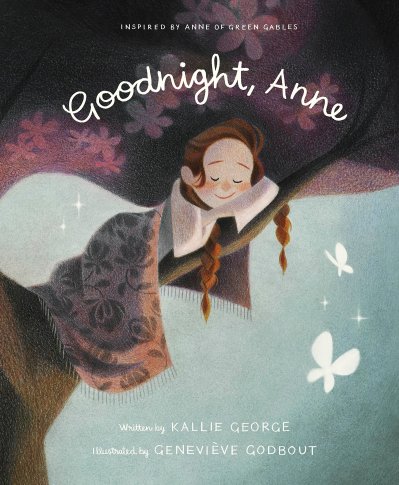
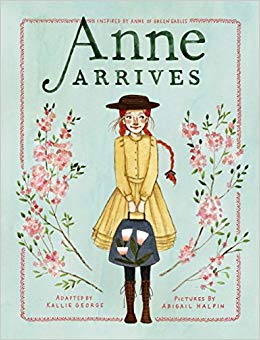
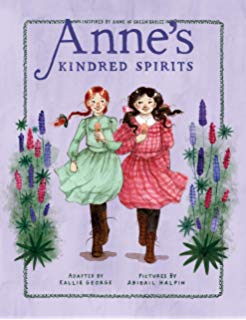
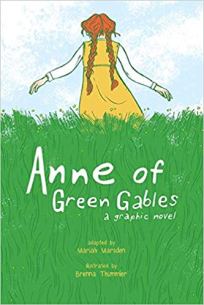
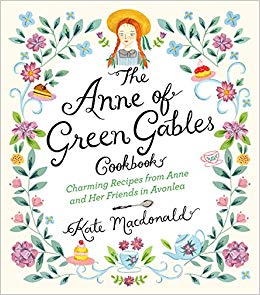
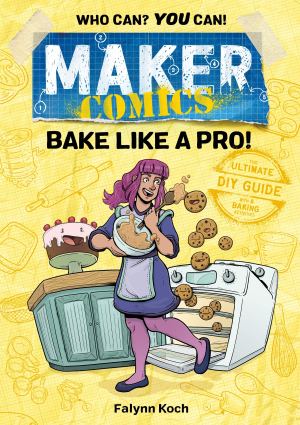 I am far from a pro as far as baking is concerned, but I do believe it is a little bit magical so a graphic novel that follows a magical intern in a kitchen couldn’t go wrong with me.
I am far from a pro as far as baking is concerned, but I do believe it is a little bit magical so a graphic novel that follows a magical intern in a kitchen couldn’t go wrong with me.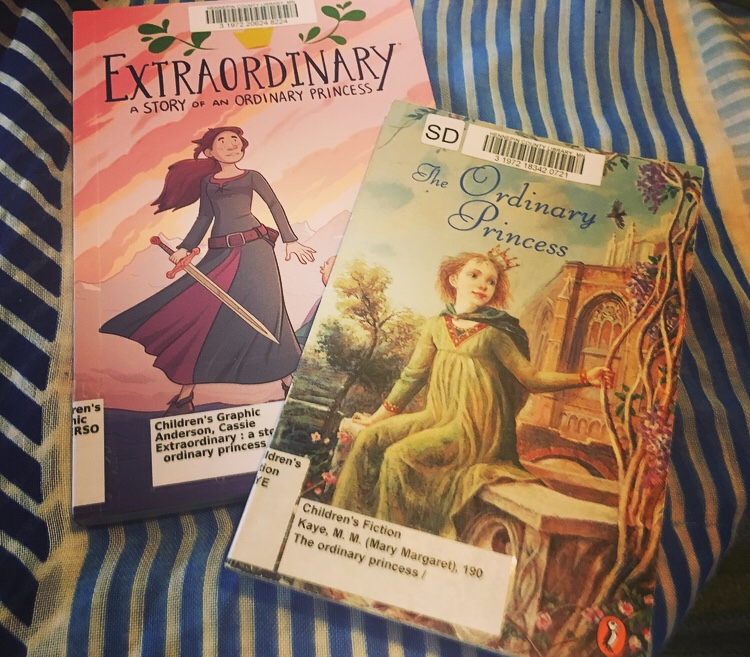 A few years ago an acquaintance shared a childhood favorite book on social media, and it was new to me. That doesn’t happen often, so I was curious about it. The Ordinary Princess by M.M. Kaye was published in 1980. It was around during my childhood, but I somehow didn’t come across it. Perhaps it’s all for the best. I didn’t develop a real appreciation for fairy tales until I was an adult anyway.
A few years ago an acquaintance shared a childhood favorite book on social media, and it was new to me. That doesn’t happen often, so I was curious about it. The Ordinary Princess by M.M. Kaye was published in 1980. It was around during my childhood, but I somehow didn’t come across it. Perhaps it’s all for the best. I didn’t develop a real appreciation for fairy tales until I was an adult anyway.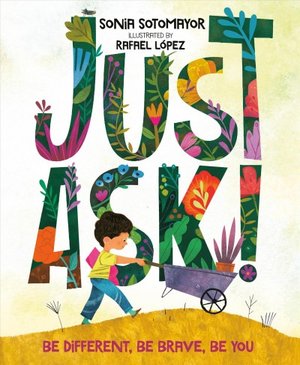 But for those of you who are looking for something with a bit more content with the same message, I might recommend Just Ask!: Be Different, Be Brave, Be You by Sonia Sotomayor. Yes, that Sonia Sotomayor. It turns out she agrees with me. The things that make us different don’t have to be hushed up or hidden. We can celebrate our differences even as we come together as friends. The book features children with various disabilities and differences talking about themselves while the illustrations by Rafael López (one of my absolute favorite illustrators, I might note) show children planting a community garden together. It’s bright, beautiful, and positive. There is so much to love here.
But for those of you who are looking for something with a bit more content with the same message, I might recommend Just Ask!: Be Different, Be Brave, Be You by Sonia Sotomayor. Yes, that Sonia Sotomayor. It turns out she agrees with me. The things that make us different don’t have to be hushed up or hidden. We can celebrate our differences even as we come together as friends. The book features children with various disabilities and differences talking about themselves while the illustrations by Rafael López (one of my absolute favorite illustrators, I might note) show children planting a community garden together. It’s bright, beautiful, and positive. There is so much to love here. When I toured the
When I toured the 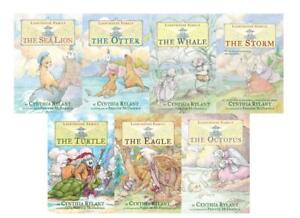
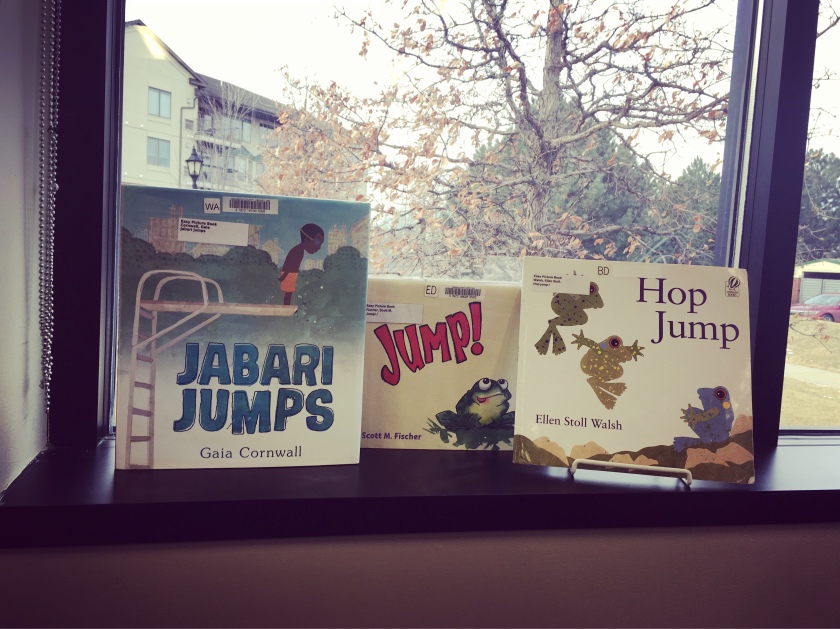


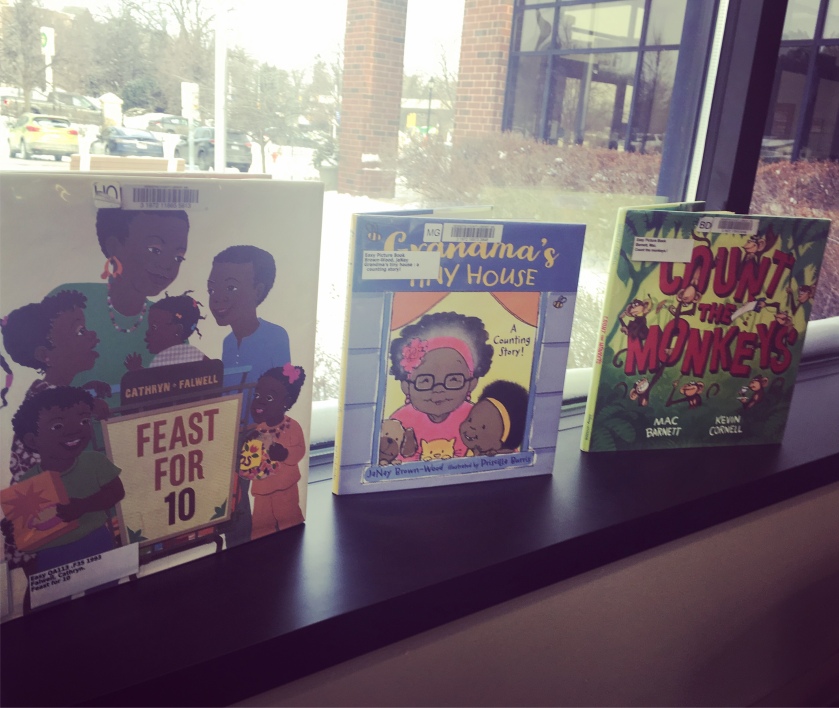
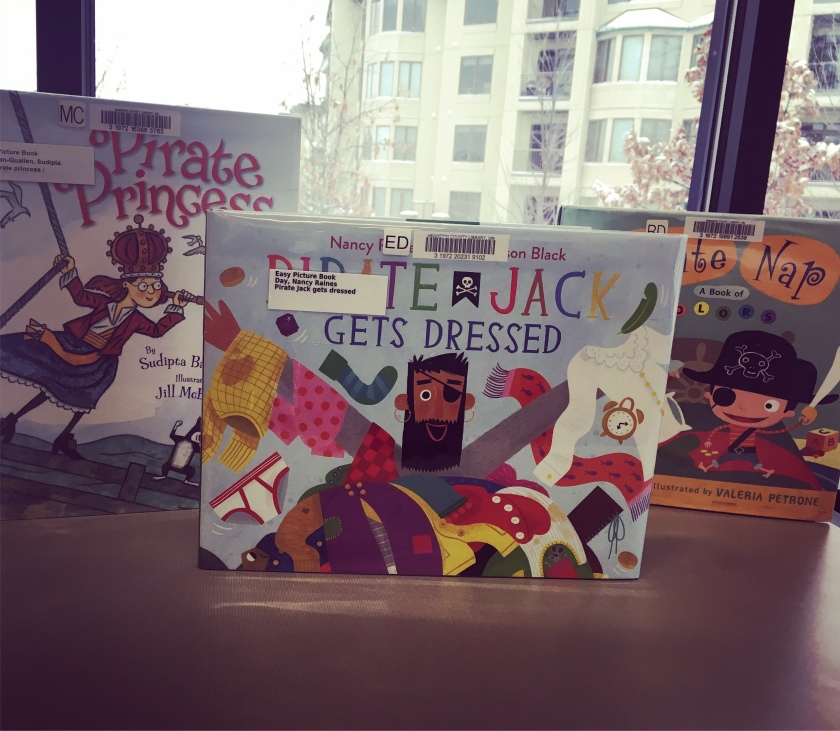
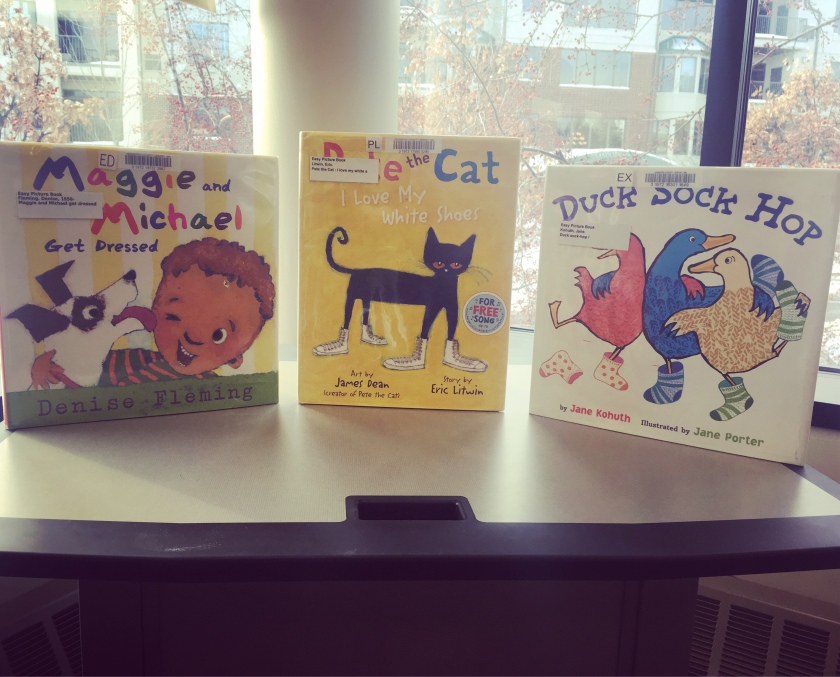
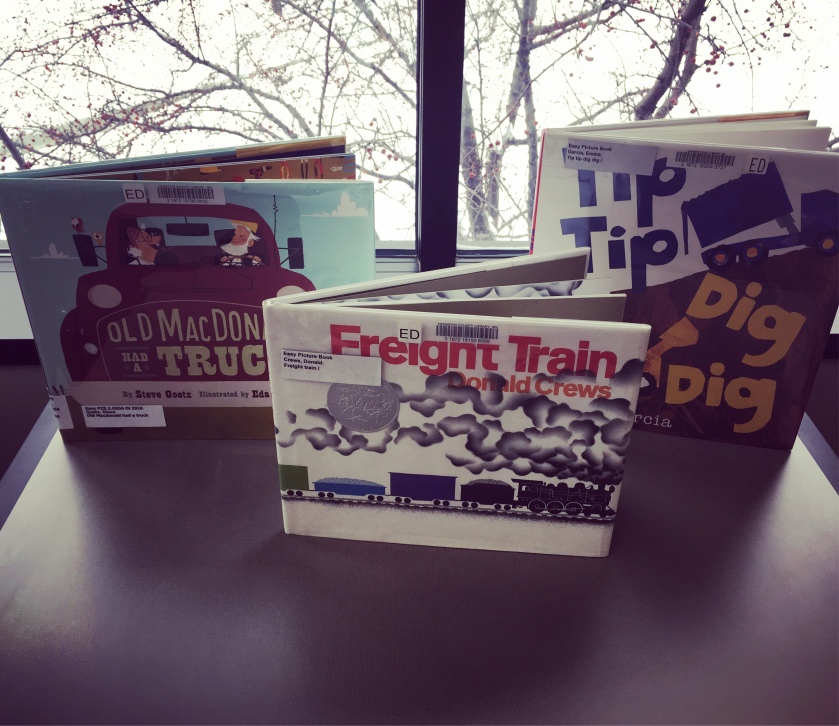
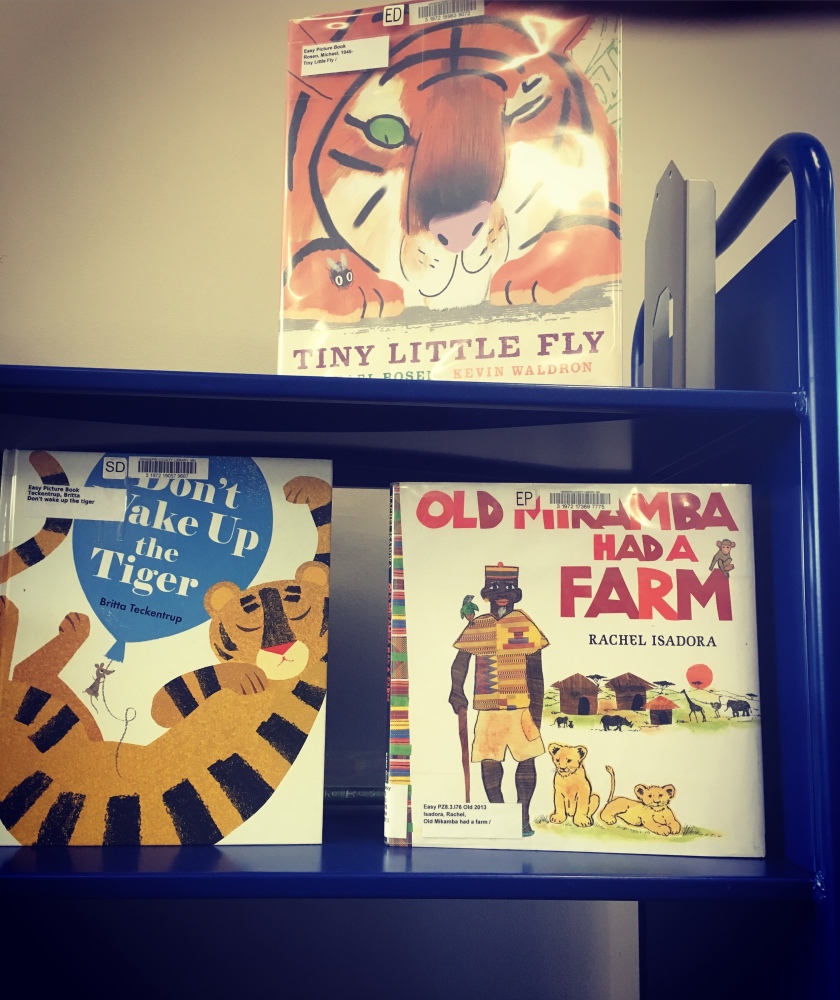

 I rarely read sequels. Who has time for that? (Says the person who has also posted about rereading books multiple times just ‘cause.) The truth is that no matter what I say about lack of time, if I really want to read something, I’ll make the time . . .eventually. If I am being honest, I would say that I rarely bother with sequels because they are usually disappointing.
I rarely read sequels. Who has time for that? (Says the person who has also posted about rereading books multiple times just ‘cause.) The truth is that no matter what I say about lack of time, if I really want to read something, I’ll make the time . . .eventually. If I am being honest, I would say that I rarely bother with sequels because they are usually disappointing. Thunderhead (sequel to Scythe) by Neal Shusterman – Both Scythe and Thunderhead were rather outside of my usual choices, but I could not put either of them down. Seriously, if you like dystopian novels that explore ethics and ideas while telling a story that is brutal and compelling, you need to read both of these books. Actually the School Library Journal called Thunderhead, “A rare sequel that is even better than the first book.” I’m not sure I’d go that far myself, but I will say that I will absolutely be reading the third installment as soon as it comes out, which is a super rarity for me.
Thunderhead (sequel to Scythe) by Neal Shusterman – Both Scythe and Thunderhead were rather outside of my usual choices, but I could not put either of them down. Seriously, if you like dystopian novels that explore ethics and ideas while telling a story that is brutal and compelling, you need to read both of these books. Actually the School Library Journal called Thunderhead, “A rare sequel that is even better than the first book.” I’m not sure I’d go that far myself, but I will say that I will absolutely be reading the third installment as soon as it comes out, which is a super rarity for me.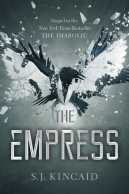 The Empress (sequel to The Diabolic) by S.J. Kincaid – Perhaps a bit like Scythe and Thunderhead, this science fiction story explores big ideas (what is personhood, science vs. religion, etc.) in a world that is harsh and full of deception. But here the focus is on the political intrigue at the emperor’s court where Nemesis, a genetically engineered bodyguard, is sent to impersonate a Senator’s daughter to protect her. There are unexpected twists and turns in both books, and by the end of The Empress, I am not even sure what to expect for the third book.
The Empress (sequel to The Diabolic) by S.J. Kincaid – Perhaps a bit like Scythe and Thunderhead, this science fiction story explores big ideas (what is personhood, science vs. religion, etc.) in a world that is harsh and full of deception. But here the focus is on the political intrigue at the emperor’s court where Nemesis, a genetically engineered bodyguard, is sent to impersonate a Senator’s daughter to protect her. There are unexpected twists and turns in both books, and by the end of The Empress, I am not even sure what to expect for the third book. I found this book shelved with the nonfiction picture books at my library. Next to books offering information about weather for preschoolers and young children. This 100+ page volume stood out as different from the sea of 32 page picture books. At a glance, I thought perhaps it might be misshelved. Looking further into the book, I thought perhaps there was no section for this book in my library. No one place it belonged.
I found this book shelved with the nonfiction picture books at my library. Next to books offering information about weather for preschoolers and young children. This 100+ page volume stood out as different from the sea of 32 page picture books. At a glance, I thought perhaps it might be misshelved. Looking further into the book, I thought perhaps there was no section for this book in my library. No one place it belonged.